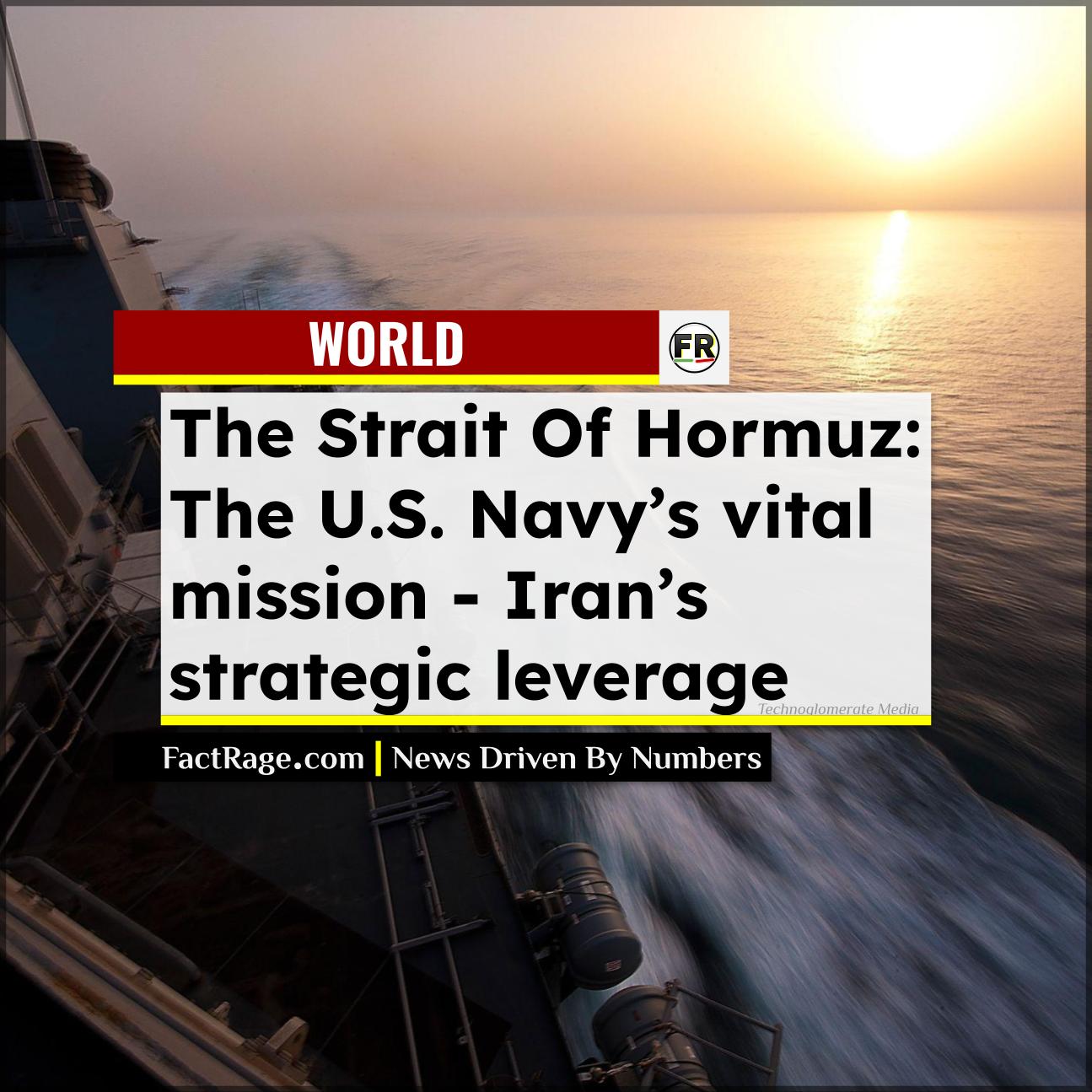NEW YORK, NY – Beyond the geopolitical headlines, the Strait of Hormuz functions as a critical variable in the global economic equation, where the constant threat of disruption translates directly into higher costs, market volatility, and a tangible “risk premium” priced into every barrel of oil that fuels the world.
- Unmatched Volume – The strait handles the transit of roughly 20 million barrels of oil per day, about 20% of global consumption, and over 20% of the world’s Liquefied Natural Gas (LNG) trade.
- The “Risk Premium” – Increased geopolitical tensions directly inflate the price of oil and shipping, with “war risk” insurance premiums surging over 60%, adding as much as $200,000 to the cost of a single tanker voyage.
- Insufficient Alternatives – Existing bypass pipelines, such as the UAE’s Habshan-Fujairah pipeline, have a maximum capacity that can only handle a small fraction of the oil that flows through the strait, making a full diversion impossible.
For global markets, the Strait of Hormuz is not an abstract concept but a quantifiable risk. Every corporate earnings call in the energy sector and every forecast on global GDP must account for the stability of this single, 21-mile-wide chokepoint. The numbers that define its importance are staggering, and the financial mechanisms that react to its volatility are immediate and far-reaching.
The Numbers Defining the Bottleneck

The strategic value of the Strait of Hormuz is rooted in undeniable mathematics. According to the U.S. Energy Information Administration, an average of 20 million barrels of crude oil and petroleum products moved through the waterway each day in 2024, a figure that has remained stable into 2025. This accounts for approximately one-fifth of the world’s total petroleum liquids consumption and a quarter of all seaborne oil trade.
The strait is equally vital for the Liquefied Natural Gas (LNG) market, with all exports from Qatar and the UAE—together representing over 20% of global LNG trade—passing through it. The primary destinations for these massive energy flows are the rapidly growing economies in Asia; in 2024, 84% of the crude oil and 83% of the LNG from the strait went to Asian markets, making countries like China, Japan, India, and South Korea exceptionally vulnerable to any disruption.
How Geopolitical Risk Becomes a Market Price
The most direct financial impact of instability in the Strait of Hormuz is the “war risk premium.” This is not a theoretical cost but a real surcharge added by insurers to vessels transiting dangerous waters. In response to recent tensions, Additional War Risk Premiums (AWRP) for the strait have surged by more than 60%.
For a Very Large Crude Carrier (VLCC), valued at over $100 million, this can increase the cost of a single voyage by $200,000 or more. This cost is passed directly from the shipowner to the charterer—often a major oil company like Exxon Mobil or a state-owned enterprise—and is ultimately factored into the final price of the delivered crude oil. This mechanism demonstrates a clear, direct line from a naval confrontation or a political threat to the underlying cost of global energy. The effect is a market constantly on edge, where even minor incidents can cause freight rates to spike and oil futures to jump, as traders price in the potential for a larger conflict that could halt the 20 million barrels per day flow.
Examining the Alternatives and Corporate Exposure
While some infrastructure exists to bypass the strait, its capacity is fundamentally limited. The primary alternative is the Abu Dhabi Crude Oil Pipeline (ADCOP), which runs from the UAE’s Habshan oil fields to the port of Fujairah on the Gulf of Oman. However, this pipeline has a maximum capacity of just 1.5 million barrels per day. Saudi Arabia also has a larger East-West pipeline, but together, the available bypass capacity is estimated to be around 2.6 million b/d—less than 15% of the total oil flowing through Hormuz.
This shortfall means that for the vast majority of Gulf exports, there is no viable alternative. The economic reliance on the strait is nearly absolute. This exposes not just energy companies to immense risk, but also the global supply chains that depend on their products. A sustained closure could trigger a global recession, with analysts predicting oil prices could soar to $130 or even $200 per barrel, crippling energy-dependent economies and fueling worldwide inflation.













